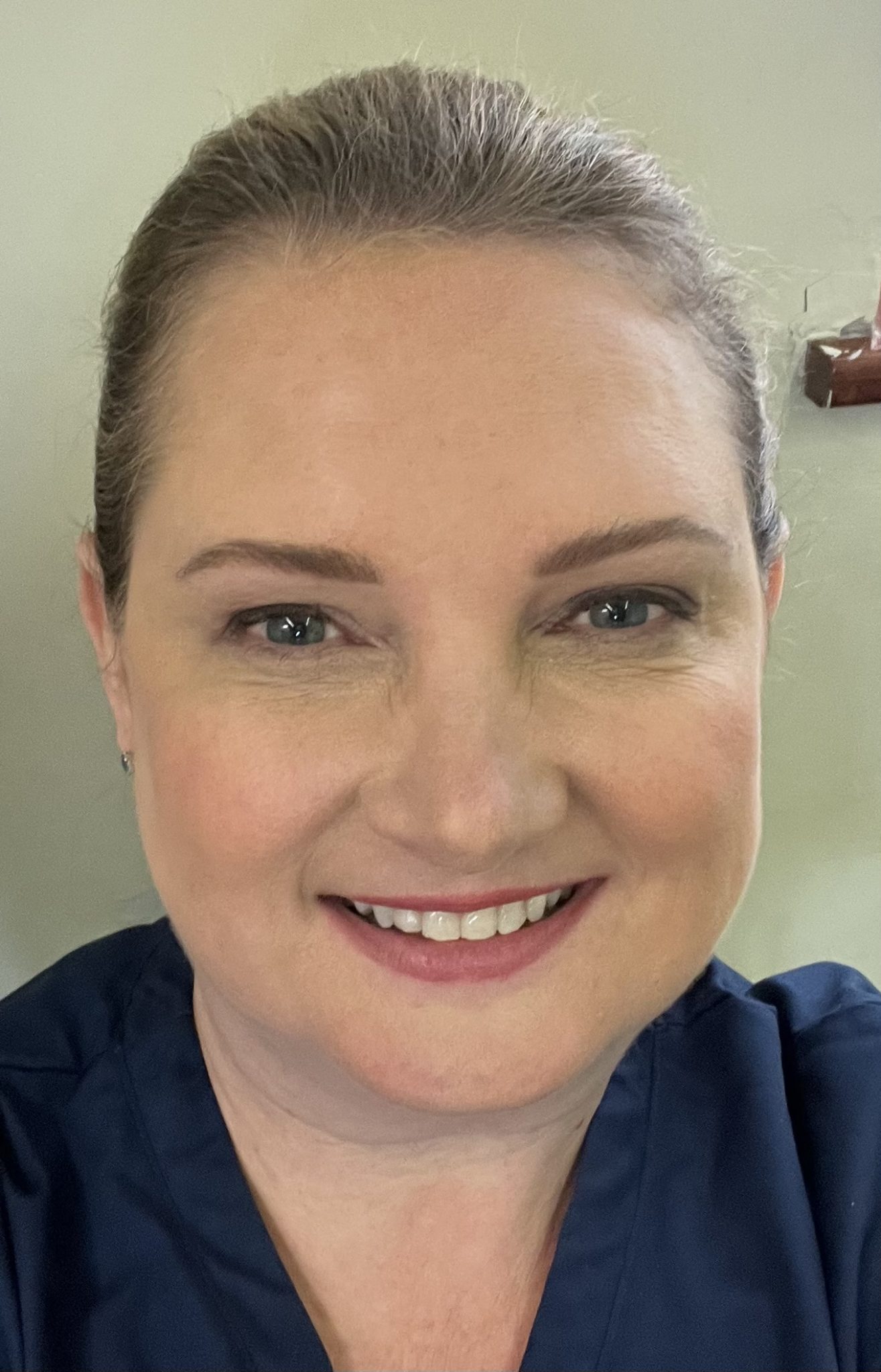Testing the waters
Featured Products Promotional FeaturesPosted by: Dental Design 27th February 2024

Is water fluoridation the panacea for tooth decay in young children?
Recent government statistics lay bare England’s dental crisis in young children: three in 10 children aged five have enamel or tooth decay.[i]
In this survey of 5-year-olds in England, the national prevalence of children with enamel and/or dentinal decay was 29.3%. Regionally, this ranged from 23.3% in the South West to 38.7% in the North West.
Children living in the most deprived areas of the country were almost three times as likely to have experience of dentinal decay (35.1%) as those living in the least deprived areas (13.5%). There were also disparities in the prevalence of experience of dentinal decay by ethnic group, which was significantly higher in the ‘other’ ethnic group (44.8%) and the Asian or Asian British ethnic group (37.7%).i
It’s no surprise then that some councils, such as Nottingham, are planning to add fluoride to the water supply.[ii]Figures from the government survey show that 34.2% of five-year-olds in the city had obvious signs of dental decay with the average number of teeth affected by decay in Nottingham’s five-year-olds being 1.3, while the England average is 0.8.
All water contains small amounts of naturally occurring fluoride, but at too low a level to provide any oral health benefits. Water fluoridation schemes raise it to 1mg per litre of water.[iii]
Fluoride force
Fluoride works to control early dental caries in several ways.[iv] It strengthens the enamel of the teeth, making them more resistant to decay. The antibacterial action of fluoride is due to the acidification of the bacterial cytoplasm through the formation of the hydrogen ion and the fluoride ion from hydrogen fluoride and the disruption of the bacterial metabolism by inhibiting vital bacterial enzymes such as proton releasing adenosine triphosphatase and enolase.
The use of fluoride lowers the pH. Bacteria will thus use more energy to maintain a neutral pH. Therefore, they will have less energy to grow, reproduce and generate acid and polysaccharides.iv
The World Health Organization recommends water fluoridation as an “effective and safe public health intervention”.[v] Indeed, fluoridated water is currently supplied to 10% of the population in England (including parts of Nottinghamshire).
However, while proponents argue that it is a safe and effective way to prevent tooth decay, there are also concerns about the potential health risks and ethical considerations.
Some studies have linked excessive fluoride exposure to various health problems.[vi] High fluoride levels can lead to dental fluorosis, a condition characterised by discolouration and pitting of tooth enamel. Opponents contend that water fluoridation may not be the most effective way to prevent tooth decay. They say that the benefits of fluoride can be obtained through other means, such as brushing with fluoride toothpaste. Moreover, some studies suggest that the decline in tooth decay rates observed in fluoridated communities may be due to improved oral hygiene practices and dietary changes rather than fluoridation itself.[vii]
Good habits
Indeed, what is undoubtedly key to the prevention of caries in children is the establishment of a good oral care regime from the get-go (hand in hand with limiting the consumption of sugary drinks and snacks).iii Brushing should start as soon as the first deciduous tooth breaks through, using just a smear of fluoride toothpaste (with a fluoride level of at least 1,00ppm).[viii] Children aged 3 to 6 years can use a pea-sized amount of toothpaste (that contains 1,350ppm to 1500ppm) and always under the supervision of parents or carers.
From the age of 7 children should be able to brush their own teeth and new elements introduced into their oral care routine to keep dental plaque and resulting cavities at bay, such as interdental cleaning.
Flossing, using conventional string floss, is a technique-sensitive process and can prove challenging for children still developing their fine motor skills.[ix] That’s where a Water Flosser may help (with supervision, of course).
The Waterpik® Water Flosser is backed extensively with clinical research, proven to remove up to 99.9% of plaque from treated areas.[x] The Waterpik® Water Flosser is easy to use and is needed for only a minute a day for improved oral health. Studies support its efficacy over traditional methods of interdental cleaning: for instance, one study found that cleaning interproximal regions with a Water Flosser “achieved more effective removal of interproximal biofilm” compared to a sonic toothbrush.[xi]
While water fluoridation can go some way to improving the oral health of young children in a community,[xii]establishing good oral care practices within the home/care setting from milk teeth onwards, can serve to optimise its benefits. Good habits formed young can make all the difference.
For more information on Waterpik® Water Flosser products visit www.waterpik.co.uk. Waterpik® products are available from Amazon, Costco UK, Argos, Boots, Superdrug and Tesco online and in stores across the UK and Ireland.
Join the 3,000+ dental teams who have already benefitted from a professional Waterpik® Lunch & Learn. Book your free session for 1 hour of verifiable CPD and a free Waterpik® Water Flosser – available either face to face or as a webinar – at http://www.waterpik.co.uk/professional/lunch-learn/
Andrea Hammond is a Dental Hygienist and Waterpik Professional Educator
. Andrea has worked in dentistry since 1996, first qualifying as a dental nurse in 1998 – the same year in which she secured a place on the very first dental therapy cohort at the Eastman Dental Hospital. Following this, she was awarded diplomas in both dental hygiene and dental therapy in the year 2000, and became an active member of the GDC fitness to practice panel since 2015. Today, she continues to share knowledge as a Professional Educator for Waterpik and be deeply involved in the industry as a Regional Group Representative for the British Society of Dental Hygiene and Therapy (BSDHT).
[i] Office for Health Improvement & Disparities. https://www.gov.uk/government/statistics/oral-health-survey-of-5-year-old-children-2022/national-dental-epidemiology-programme-ndep-for-england-oral-health-survey-of-5-year-old-children-2022 [Accessed October 2023]
[ii] ITV News 6 September 2023 https://www.itv.com/news/central/2023-09-06/fluoride-to-be-added-to-nottingham-water-to-cut-rising-tooth-decay-in-children
[iii] UK Parliament https://post.parliament.uk/water-fluoridation-and-dental-health/ [Accessed October 2023]
[iv] Aoun A, Darwiche F, Al Hayek S, Doumit J. The Fluoride Debate: The Pros and Cons of Fluoridation. Prev Nutr Food Sci. 2018 Sep;23(3):171-180. doi: 10.3746/pnf.2018.23.3.171. Epub 2018 Sep 30. PMID: 30386744; PMCID: PMC6195894. [Accessed October 2023]
[v] World Health Organization https://www.who.int/publications/i/item/9241563192 [Accessed October 2023]
[vi] Guth S, Hüser S, Roth A, Degen G, Diel P, Edlund K, Eisenbrand G, Engel KH, Epe B, Grune T, Heinz V, Henle T, Humpf HU, Jäger H, Joost HG, Kulling SE, Lampen A, Mally A, Marchan R, Marko D, Mühle E, Nitsche MA, Röhrdanz E, Stadler R, van Thriel C, Vieths S, Vogel RF, Wascher E, Watzl C, Nöthlings U, Hengstler JG. Toxicity of fluoride: critical evaluation of evidence for human developmental neurotoxicity in epidemiological studies, animal experiments and in vitro analyses. Arch Toxicol. 2020 May;94(5):1375-1415. doi: 10.1007/s00204-020-02725-2. Epub 2020 May 8. PMID: 32382957; PMCID: PMC7261729. [Accessed October 2023]
[vii] Fluoride Alert https://fluoridealert.org/studies/ifs/ [Accessed October 2023]
[viii] NHS England https://www.nhs.uk/live-well/healthy-teeth-and-gums/taking-care-of-childrens-teeth/
[ix] Lin J, Dinis M, Tseng CH, Agnello M, He X, Silva DR, Tran NC. Effectiveness of the GumChucks flossing system compared to string floss for interdental plaque removal in children: a randomized clinical trial. Sci Rep. 2020 Feb 20;10(1):3052. doi: 10.1038/s41598-020-59705-w. PMID: 32080218; PMCID: PMC7033121.[Accessed October 2023]
[x] Gorur A, Lyle DM, Schaudinn C, Costerton JW. Compend Contin Ed Dent 2009; 30 (Suppl 1):1 – 6.
[xi] Tawakoli, P.N., Sauer, B., Becker, K., Buchalla, W. and Attin, T. (2015). Interproximal biofilm removal by intervallic use of a sonic toothbrush compared to an oral irrigation system. BMC Oral Health, [online] 15(1). Available at: https://bmcoralhealth.biomedcentral.com/articles/10.1186/s12903-015-0079-6 [Accessed October 2023].
[xii] Goodwin M, Emsley R, Kelly MP, Sutton M, Tickle M, Walsh T, et al. Evaluation of water fluoridation scheme in Cumbria: the CATFISH prospective longitudinal cohort study. Public Health Res 2022;10(11) [Accessed October 2023]










